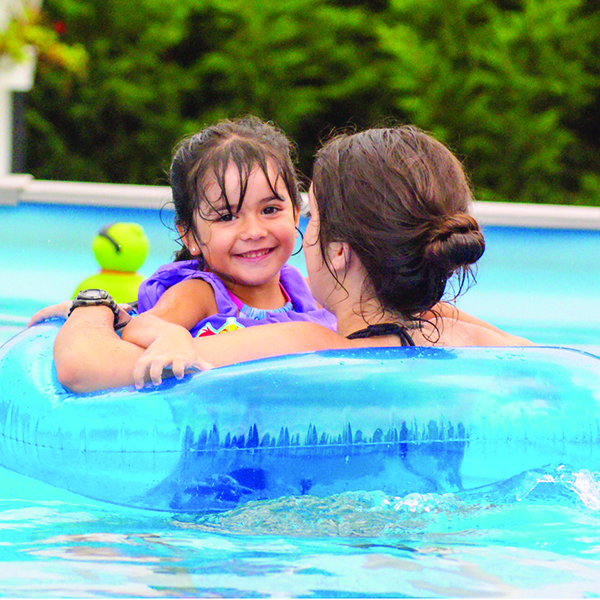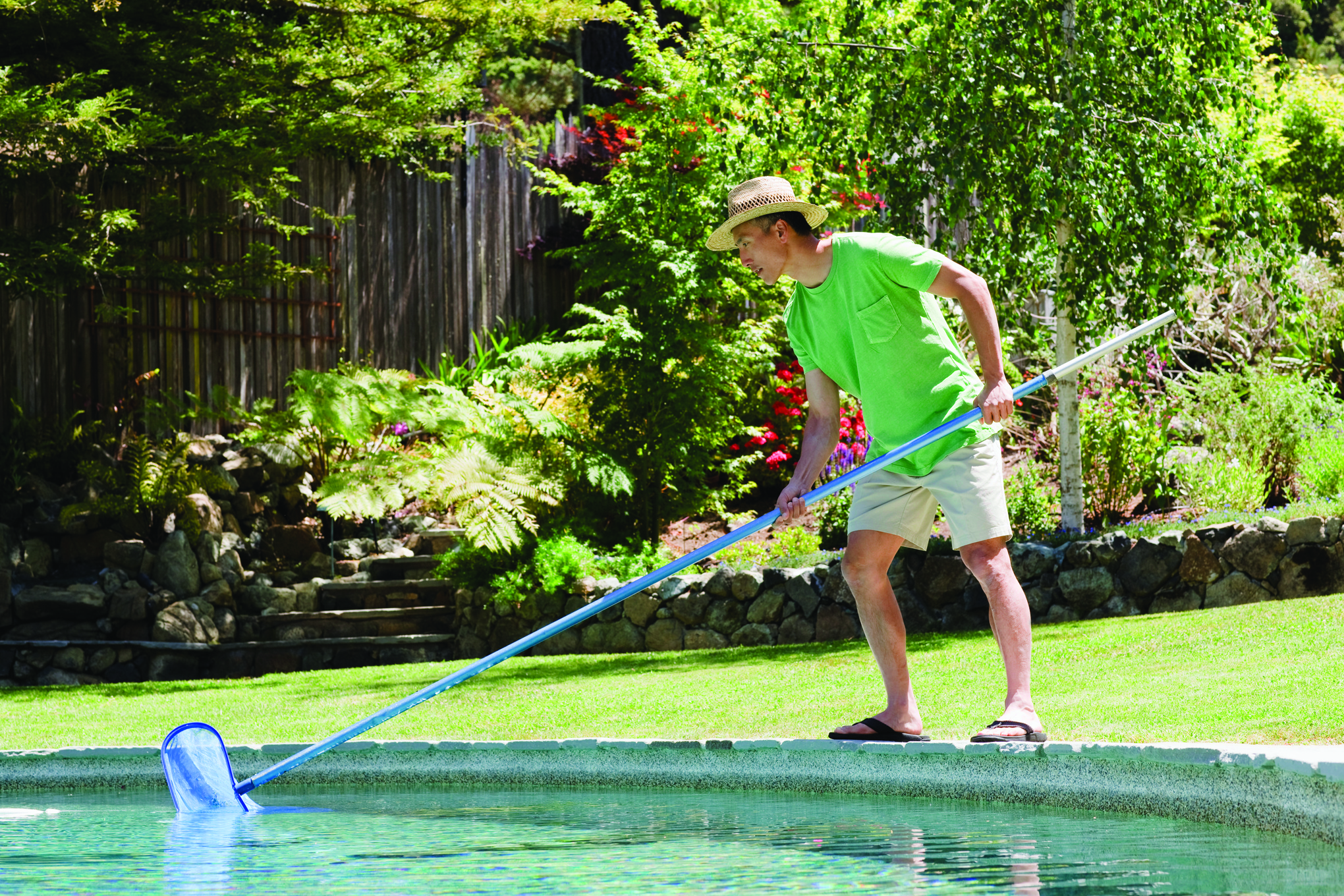Beating the heat in a pool is one of the most popular warm-weather activities. Swimming attracts people of all ages because of its various benefits. In addition to being an enjoyable recreational activity, swimming also is a low-impact way to exercise. Having a backyard pool makes swimming and outdoor fun that much easier.
Although exact numbers are difficult to come by, various sources indicate there are approximately 4.5 million residential swimming pools across the United States. While it once was relatively rare to find a backyard swimming pool in Canada, things have changed — especially in Quebec. No other province comes close to matching Quebec for backyard pools, which has well over 300,000 backyard pools, more than Ontario (which has five million more people). Quebec also has more pools per capita than almost anywhere else in North America according to numbers compiled by Pool & Spa Marketing magazine.
Pools can be enjoyable places to gather and make for the focal points of yards, but they require careful use so fun is not overshadowed by tragedy. Unfortunately, young children have the highest risk of pool injury or drowning, with more than 200 youngsters drowning in swimming pools each year. The American Red Cross and National Swimming Pool Foundation® have partnered to educate home pool users. The following guidelines are important when adults and children are enjoying the pool.
Create pool barriers.
Preventing accidental drowning means removing easy access to pools. Pools should be surrounded by secure fencing with an automatically latching gate. Fences should not be accessible by climbing. Extra precautions like installing a safety cover on inground pools and removing or securing ladders when the pool is not in use can help as well.
Establish rules.
Each pool owner should establish their own set of rules for the pool. These can include “no running around the pool,” “no diving in a shallow pool” and “no riding toys at poolside.” Pool owners can customize rules as they pertain to safety issues in their yards.
Maintain constant supervision.
People of any age can drown. That is why it’s always safest for swimmers to swim with a buddy or with someone watching. The American Academy of Pediatrics says an adult should be in the water and within arm’s reach when infants and toddlers are swimming. This is known as “touch supervision.” For older children, an adult should be paying constant attention and remain free from distractions, like talking on the phone, socializing, tending to household chores, or drinking alcohol.
Use approved flotation devices.
Individuals who do not know how to swim should rely on a Coast Guard-approved flotation device. Water wings and general pool floats are not adequate, especially in situations that requires someone to be saved.
Take swimming lessons.
Knowing how to swim will not entirely remove the risk of drowning, but it certainly can reduce it. Many swim programs teach water survival skills as well as general swimming techniques.
Fun around the pool is par for the course come summer. But fun must be balanced with safety when swimming.











